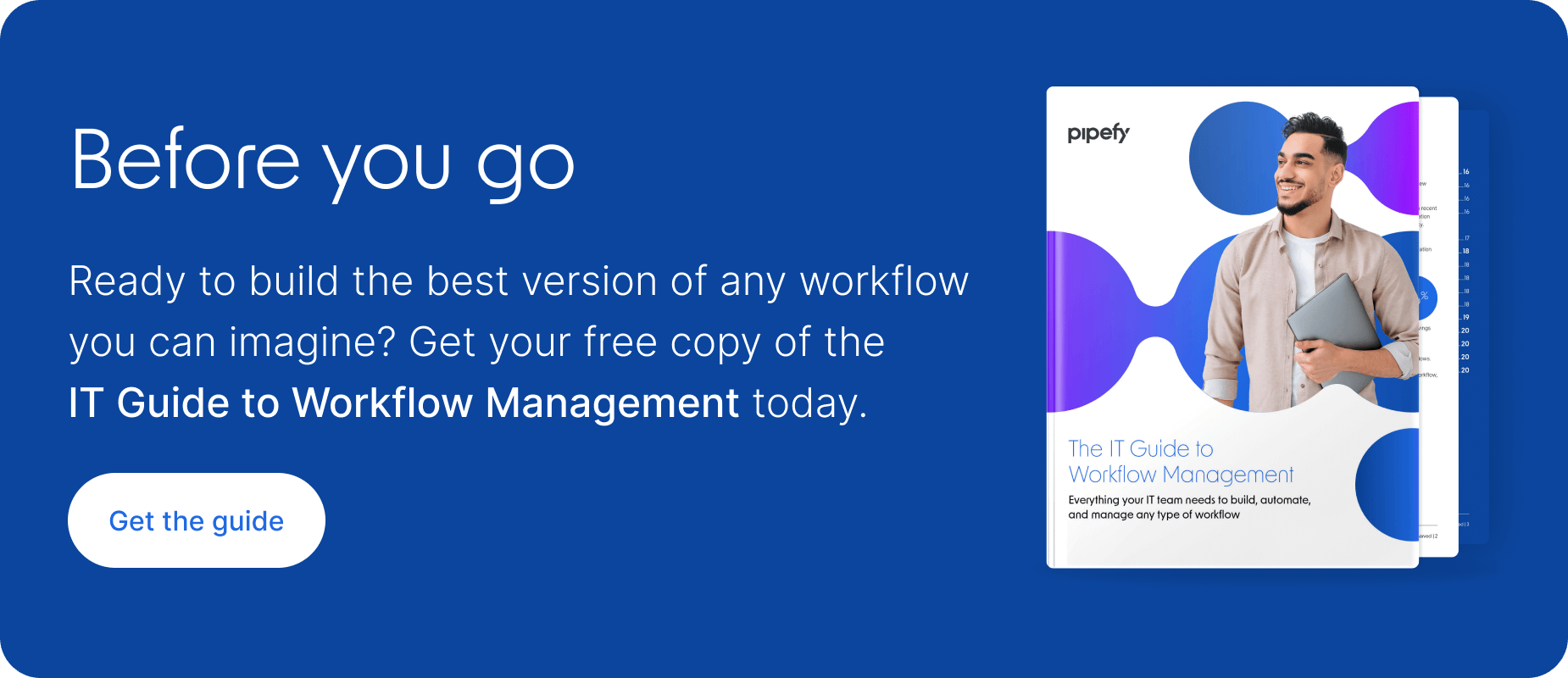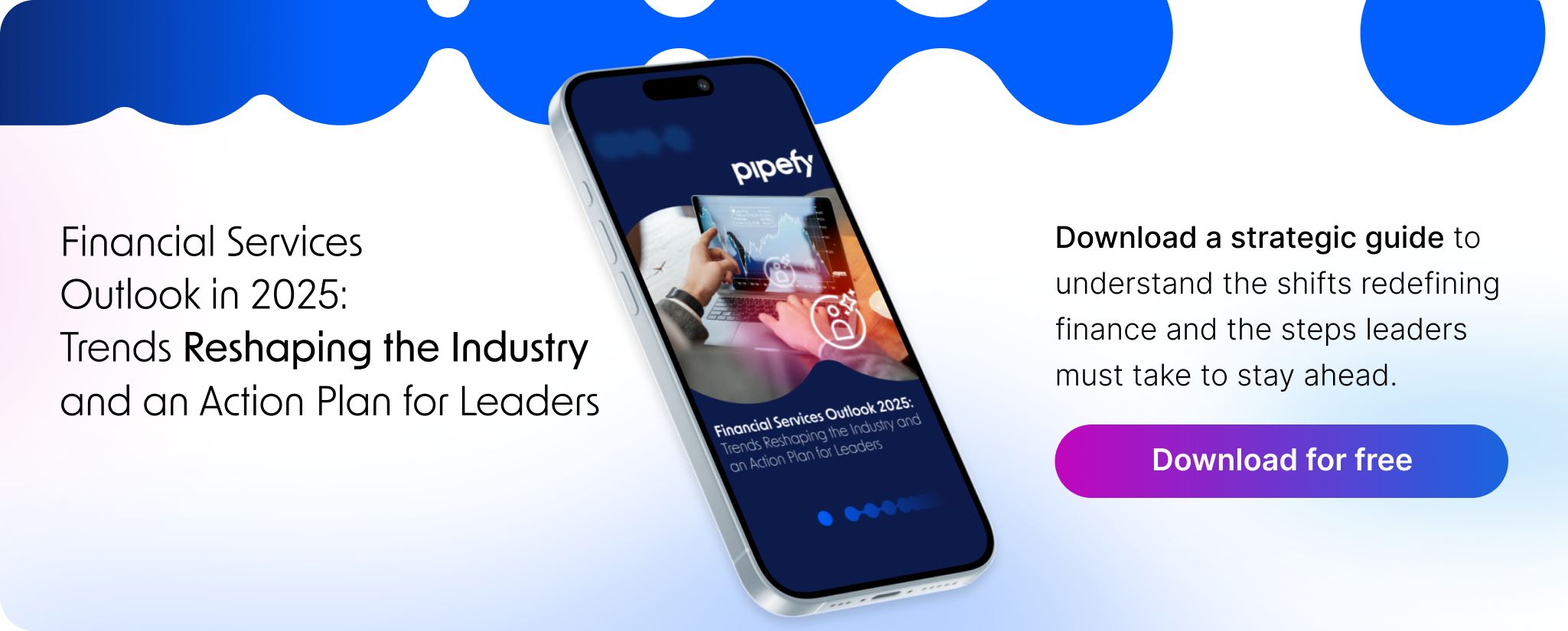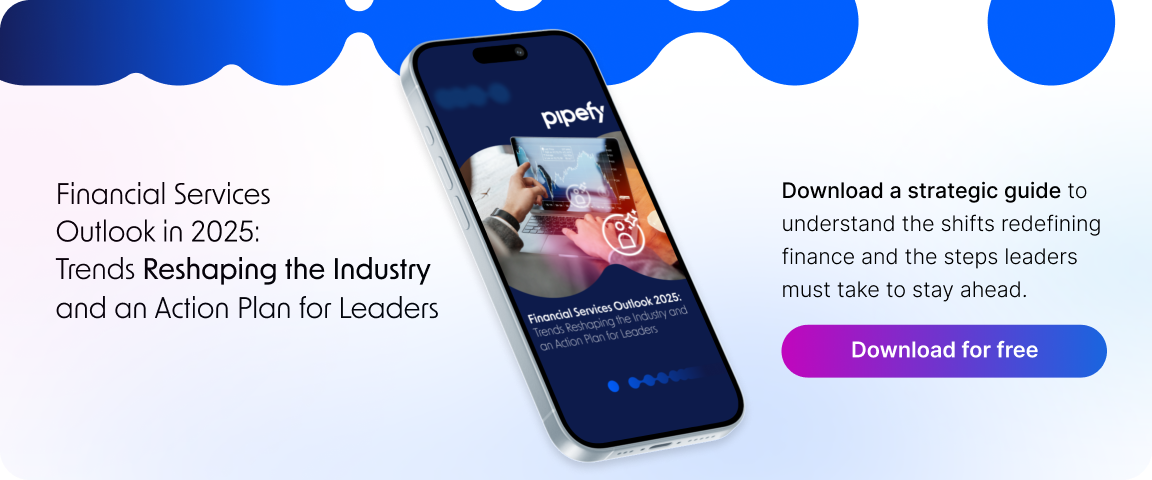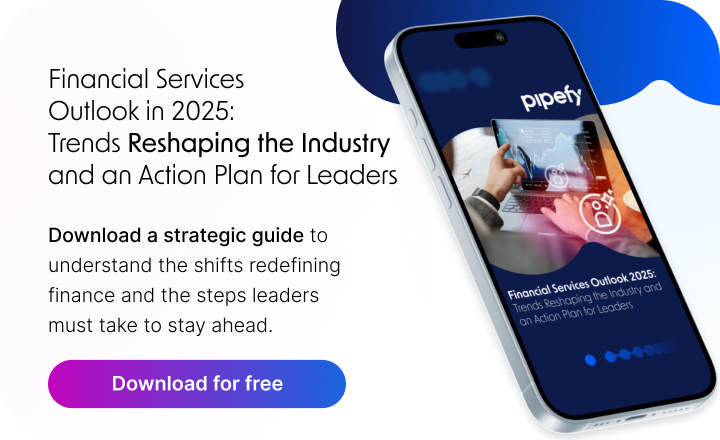
The first notice of loss (FNOL) often marks a decisive moment in the lifecycle of any claim. It shapes how customers experience a brand during vulnerable situations and sets the groundwork for accuracy and operational flow. Recently, many companies have started to revisit this early-stage process, not just to gain efficiency, but to rethink how it fits into a more connected, digital strategy.
By turning to FNOL automation, teams are gradually replacing outdated intake models with structured workflows. Within just a couple of months, these changes begin to surface: claims tend to move faster, information flows more reliably, and cross-functional visibility increases.
This article takes a closer look at what those first 60 days can look like. Drawing from recent data and industry examples, it highlights what leaders in industries like financial services, insurance, and consumer goods are seeing when they reimagine FNOL as a modern, automated entry point into their claims journey.
What Is FNOL Automation and Why It Matters
FNOL automation generally refers to capturing and processing initial claim data through digital tools (chatbots, web forms, APIs), without requiring manual intervention.
According to McKinsey, automation in claims processes has the potential to reduce processing time by up to 50%, particularly in stages such as FNOL and basic investigation. For risk-sensitive sectors like insurance and banking, this could mean earlier triage, improved fraud detection, and stronger regulatory alignment.
What Changes in the First 60 Days
Organizations typically observe a few notable shifts after deploying FNOL automation:
1. Faster Intake and Acknowledgment
Automated systems can often shorten FNOL processing times, sometimes reducing it from 72 hours to under 24 hours, by eliminating unnecessary handoffs.
2. Data Quality Gains
Built-in validation rules help prevent incomplete or inaccurate data. Within the first month, some teams report a reduction in data errors by as much as 30%.
3. Better Customer Experience
Self-service tools available 24/7 contribute to improved customer satisfaction. McKinsey found that insurers leading in customer experience outperformed their peers by 20 to 65 percentage points between 2017 and 2022, depending on the insurance line, indicating how well-designed automations like FNOL intake can support better outcomes.
4. Early Insight for Risk and Compliance
When intake data becomes more structured, workflows can identify and escalate high-risk claims earlier, enhancing both fraud controls and regulatory reporting.

Sample Scenario: Insurance Use Case
| Challenge | Change After 60 Days | Impact on KPIs |
| Manual FNOL via phone/email | Web form with validation | FNOL response time ↓ 60%, errors ↓ 30% |
| Agent overload | Smart routing to adjusters | First-call resolution ↑ 20% |
| Fragmented documentation | Centralized claim record | Audit readiness improved, fines avoided |
Let’s imagine that a mid-sized insurer decided to implement FNOL automation to improve how it handles property claims.
Within the first two months, the company noticed that response times dropped significantly, from 48 hours to just 12 hours. In parallel, inconsistencies in submitted data decreased by over 30%, and requests for additional information declined by a quarter.
These changes could highlight how even an initial rollout of automation could lead to meaningful improvements in efficiency and client satisfaction.
Measuring ROI from FNOL Automation
Assessing value often depends on measuring a few essential metrics. When observed before and after automation, the following indicators can highlight its effectiveness:
- FNOL-to-acknowledgment time
- Data error rates
- Customer satisfaction (CSAT)
- Cost per claim
- Compliance incident frequency
A snapshot from a typical 60-day post-deployment window might reveal:
- Acknowledgment time: 50 → 8 hours
- Error rate: 12% → 4%
- CSAT: 75% → 85%
- Cost per claim: –10%
- Compliance incidents: 3 → 1
Although these figures will vary by sector and system maturity, they offer a useful frame for evaluating short-term performance shifts.
Read more: Understand how to calculate the ROI of no-code automated processes
Overlooked Challenges in FNOL Automation Rollouts
Adopting automation is rarely straightforward. Even well-prepared initiatives may face subtle challenges that aren’t always visible at the outset:
Inconsistent Input Formats
Some customers embrace digital channels readily, while others prefer more traditional methods like email or printed forms. In these cases, having flexible intake strategies, such as supporting both online and offline formats during the transition, can help maintain momentum without creating friction.
Legacy Documentation Habits
Teams that have long relied on spreadsheets or PDFs may take time to feel confident using automated validation tools. Offering hands-on sessions and comparisons between old and new methods can gradually build trust and promote broader adoption.
Automation Without Orchestration
Implementing automation tools in isolation doesn’t necessarily resolve underlying inefficiencies. It usually takes well-defined workflows and clearly distributed roles to maintain the gains achieved through automation.
Over-Reliance on Templates
Templates can be a useful starting point, but industry-specific nuances often call for tailored configurations. When compliance teams are involved early in shaping validation logic, the resulting automation tends to be more sustainable and aligned with regulations.
Strategic Alignment: FNOL Automation and Business Goals
FNOL automation is more than a technical improvement, it plays a meaningful role in aligning operational efforts with broader business objectives. As teams automate the early steps of the claims process, they often start to adjust their operating models to reflect clearer performance goals. Over time, this alignment may contribute to both efficiency gains and competitive differentiation.
Some of the benefits organizations tend to report include:
- Cost reduction: By removing manual steps in data collection and validation, teams may free up resources to focus on higher-value activities. This change can help lower operational costs and reduce error-related risks, especially in regulated industries.
- Faster payouts: Automated FNOL workflows often lead to shorter claim cycles, which can make a difference in customer satisfaction and retention.
- Greater process resilience: When digital tools support intake and routing, companies may experience fewer disruptions during periods of change, such as staff turnover or shifts to remote work.
- Improved oversight: Reliable, structured intake data allows for more consistent monitoring through dashboards and analytics. This visibility can help leadership teams make decisions based on accurate insights.
Together, these benefits can support a stronger case for expanding automation along the entire claims journey, not just at the entry point.
Key Metrics Beyond the Basics
While traditional KPIs such as cost per claim and turnaround time are important, more nuanced indicators can uncover deeper insights about the performance of FNOL automation.
| Metric | Why It Matters |
| Time to Risk Flagging | Indicates how quickly critical or fraudulent claims are identified and escalated. Faster identification helps mitigate financial and reputational risk |
| Data Correction Rate | Reflects improvements in the quality of initial data collected. A downward trend signals effective validations and better customer input design |
| % Automated Validations Passed | Demonstrates how well customers are completing structured forms without requiring manual intervention, which is key to scalability |
| Adjuster Allocation Efficiency | Measures how accurately claims are routed to the right adjuster, minimizing rework and balancing team workloads |
Monitoring these metrics over time helps companies evolve their automation programs with precision, targeting gaps and refining processes.

Integration with Broader Automation Strategy
To realize its full potential, FNOL automation tends to work best when embedded within a broader digital transformation strategy. When isolated, even effective automation may produce only limited results.
Key components of this broader strategy might include:
- AI Agents: These can support intelligent triage by analyzing claim data and categorizing it by urgency, value, or complexity, helping ensure that more complex cases are addressed appropriately.
- RPA bots: In legacy environments lacking API support, bots often bridge systems by entering and extracting data, helping keep processes connected without major infrastructure overhauls.
- Pipefy: As a no-code platform, Pipefy enables visual orchestration of claim workflows. Operations teams may manage steps from FNOL to resolution independently of IT support.
- Compliance dashboards: These tools record each process step and provide risk and legal teams with near real-time assurance that procedures align with regulatory requirements.
Together, these elements form a foundation for scalable, integrated operations that enhance performance while maintaining control.
Read more: Find out everything your company needs to know to start building No-Code AI Agents today
Use Case: Financial Services Warranty Claim Flow
Let’s consider a hypothetical example of a consumer credit provider that manages a large volume of warranty claims for electronic devices. Initially, the company handles intake through email forms and manual reviews, an approach that often leads to delays, errors, and customer dissatisfaction.
In this scenario, the company chooses to implement FNOL automation using Pipefy. Customers begin submitting claims through structured web forms with built-in validation rules, reducing incomplete or inaccurate entries.
Pipefy’s automation routes high-priority claims to the right teams and sends confirmation messages with next steps. This could help reduce response time and improve communication.
After two months, incomplete submissions could fall by 40%, time to payout could shorten by two days, and inquiry volume also could drop significantly. With cleaner data and centralized tracking via Pipefy, teams could gain clearer insights into claim trends, making future planning more informed and efficient.
FAQ
What is FNOL automation?
It’s the use of digital tools to collect and check initial claim data, helping to reduce the need for manual processes like phone calls or paper forms.
How quickly can results appear?
Many teams notice improvements in response times and data accuracy within 30 to 60 days of adoption.
Is FNOL automation used outside of insurance?
Yes. Financial services and consumer goods companies are also seeing benefits from structured, automated claim intake.
What about compliance, can automation help?
Yes, especially when audit trails and controls are built in from the start, supporting regulatory needs.
Do we need a full IT overhaul to get started?
Not necessarily. Platforms like Pipefy offer no-code options that work alongside existing systems.
How Pipefy Supports Smarter FNOL Automation
Pipefy is a no-code/low-code workflow platform that supports secure, scalable process automation across multiple sectors.
Designed to empower teams with autonomy and oversight, Pipefy enables businesses to build structured workflows without deep technical involvement. From AI Agents to human-in-the-loop validations, the platform brings control and agility together.
For FNOL automation, Pipefy provides:
- Forms with custom validations
- API integrations with legacy systems
- Compliance features for audit and traceability
- Workflow automation for routing and prioritization
Click the button below to explore how your company could benefit from smarter FNOL automation:










